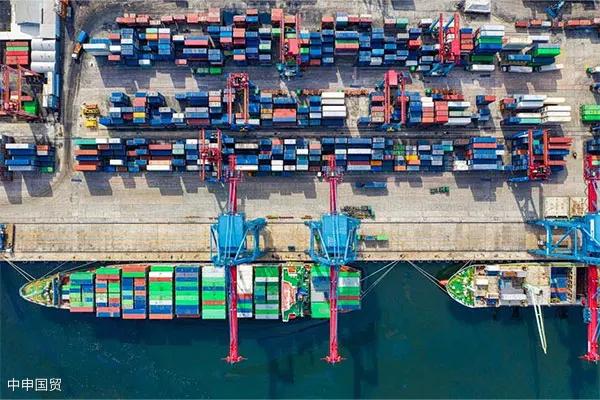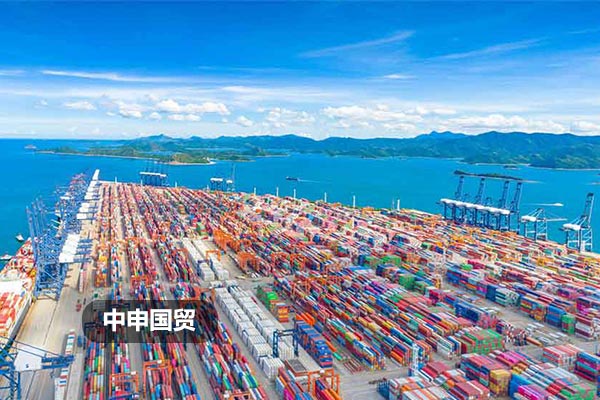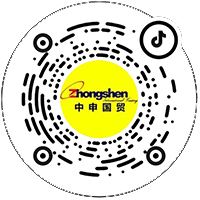- 20 Years of Expertise in Import & Export Solutions

?Equipment Export?Industry Pain Points in Team Building
In the field of equipment exports such as heavy machinery and precision instruments, a certain construction machinery enterprise once had a team with improper configuration, which led to a 47-day detention of mining equipment worth 3.2 million USD at the port, incurring additional costs amounting to 12% of the contract value. This typical case reveals:The quality of a professional team's structure directly affects the performance efficiency and profit margin of equipment exports. Currently, equipment export service teams generally have three structural defects:
- Professional fragmentation among personnel in customs declaration, logistics, and legal affairs
- The risk warning mechanism lags behind changes in international trade policies
- Emergency response capabilities do not match the special nature of equipment exports
Building a Professional Service Team from Three Dimensions
Based on 20 years of industry service experience, we have refined a golden triangle model for building an equipment export team:
Dimension One: Configuration of a Composite Talent Echelon
A case study of a German machine tool export project shows that configuringa 3:2:1 composite talent structurecan improve customs clearance efficiency by 40%:
- Core Layer (3 people):
- Mechanical engineer-turned-customs expert
- Logistics supervisor with equipment installation qualifications
- Legal specialist familiar with multi-country product certification
- Support Layer (2 people):
- Multilingual document processing specialist
- Real-time policy tracking analyst
- Reserve Layer (1 person):
- Equipment parameter database administrator
Dimension Two: Full-Process Standardized System
Targeting the unique characteristics of equipment exports such asoversized cargo transport, special packaging, and installation/commissioningand other needs, it is recommended to establish a three-level process control:
- Basic Processes (60% of time):
- Verification of matching contract terms with transportation methods
- Pre-review of equipment disassembly/packaging plans
- Value-Added Processes (30% of time):
- Dynamic comparison of technical standards in the target country
- Pre-confirmation of cross-border qualifications for the installation team
- Emergency Processes (10% of time):
- Contingency plan for sudden tariff adjustments
- Reserve library of alternative solutions for key components
Dimension Three: Dynamic Risk Control Mechanism
For equipment exports in 2025, special attention should be paid to the impact ofthe revised new EU Machinery Directive (MDD),andand the upgraded rules of origin in the RCEP region. It is recommended to establish a risk radar system:
- Risk Identification Module:
- Weekly updates on customs supervision priorities of 30 countries
- Monthly analysis of one hundred shipment return cases
- Response Strategy Library:
- 16 solutions for common customs clearance obstacles
- 9 templates for correcting technical documents
- Case Review Mechanism:
- Quarterly updates to the typical risk disposal manual
- Annual compilation of an industry risk map
Practical Case: Transformation of a Construction Machinery Export Team
After restructuring its export team, a provincial construction machinery manufacturer achieved breakthroughs in three key indicators:
- Document error rate dropped from 7.2% to 0.8%
- Average customs clearance time was shortened to 72 hours
- Shipment return rate was controlled within 0.3%
The key to its success was the construction ofan equipment engineer + customs expertdual-core team structure, and the establishment of an equipment export standardization manual containing137 checklist items.
New Trends in Team Building for 2025
With the reshaping of global supply chains, equipment export teams need to add two new capabilities:
- Alternative transportation solution design capability
- China-Europe Railway Expressand?Ocean shipping?Combined use of
- Cost optimization models for multimodal transport
- Regional industrial chain service capability
- Mutual recognition of technical certifications within the RCEP region
- Management of localized installation teams in Southeast Asia
The structure of a professional team should not aim to be large and comprehensive, but should focus on thenon-standard characteristicsandand long-chain featuresof equipment exports, achieving a qualitative breakthrough in service effectiveness through precise resource allocation.
Recommended for You
- A Complete Guide to Australian Red Wine Import Agency: Analysis of Documents, Logistics, and Compliance Practices
- How to Avoid the "Hidden Traps" in Environmental Equipment Import & Export?
- Importing Chocolate: How to Smoothly Navigate Trade Barriers?
- How to Avoid Compliance Risks When Exporting Equipment via a Foreign Trade Agent?
- How to Avoid Hidden Risks in Equipment Leasing Import & Export?
Category Case
Contact Us
Email: service@sh-zhongshen.com
Recommended for You
Contact via WeChat

? 2025. All Rights Reserved.









